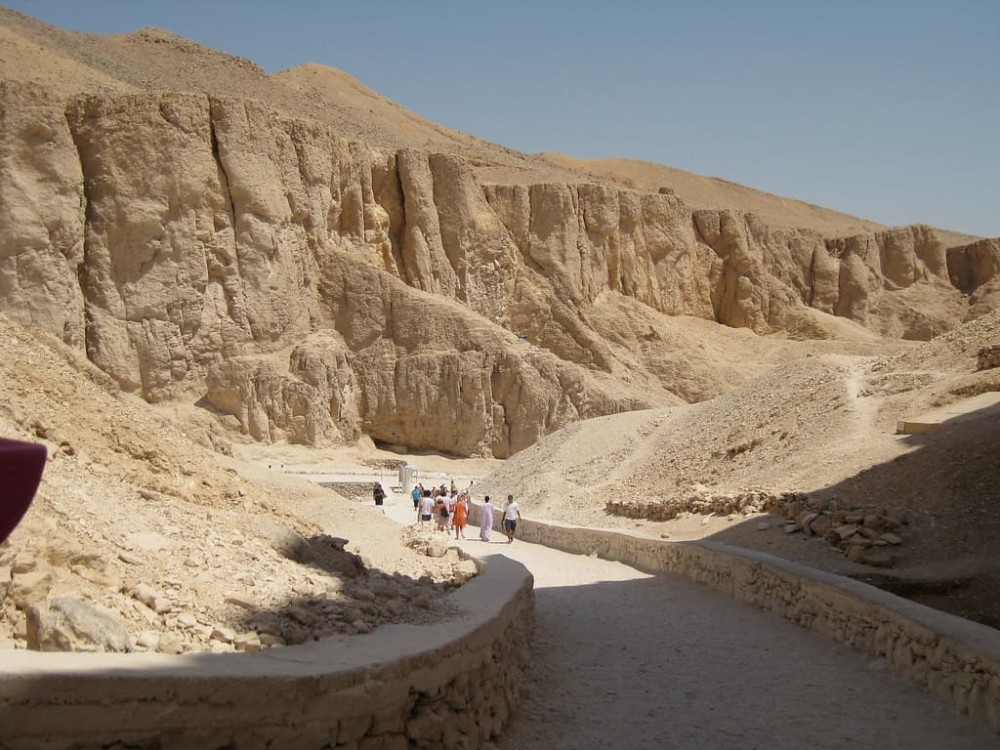- Egypt
- Things to do in Luxor
- Valley of the Queens
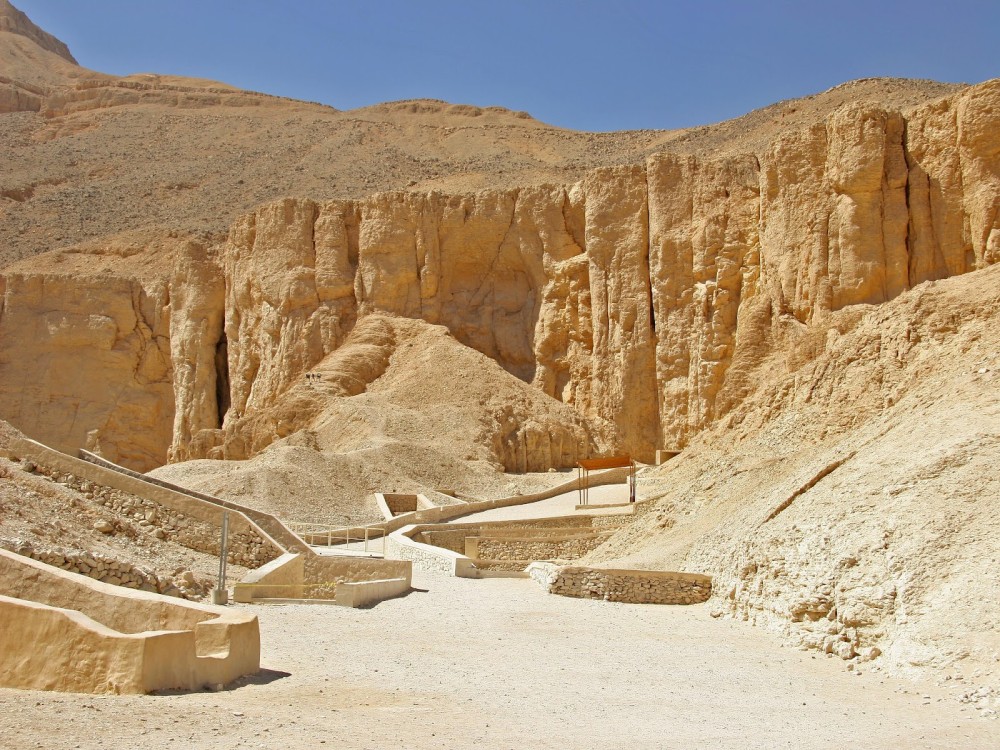
Valley of the Queens
The Valley of the Queens, located on the west bank of the Nile near Luxor, is a lesser-known but equally captivating archaeological site. This valley was the final resting place for the wives, children, and other royal women of the Pharaohs of the 18th, 19th, and 20th Dynasties. The most famous tomb in the valley is that of Queen Nefertari, wife of Ramses II, whose tomb is renowned for its exquisite wall paintings. The valley is a quieter alternative to the nearby Valley of the Kings but is equally rich in history and stunning artistry. It offers visitors a chance to explore the burial practices and artistic traditions associated with ancient Egyptian queens and princesses.
Valley of the Queens Tours & Excursions
Luxor Private Tour: Medinat Habu & Valley of the Queens
€110.00
per person
The Basics
The Valley of the Queens is home to more than 70 tombs, including the tombs of queens, royal children, and other noble figures. The tombs are carved into the rock and decorated with colorful reliefs and paintings, depicting scenes of daily life, religious ceremonies, and the afterlife. While not as large as the tombs in the Valley of the Kings, the Valley of the Queens is still an important site for understanding the role of royal women in ancient Egypt. The tomb of Nefertari, in particular, is one of the highlights of the valley, with its vibrant frescoes showcasing her journey to the afterlife.
Things to Know Before You Go
The Valley of the Queens is less crowded than the Valley of the Kings, making it a peaceful destination for visitors interested in ancient Egyptian history. Some of the tombs, including that of Nefertari, are accessible with an additional fee, and it’s worth noting that the tomb of Nefertari is particularly well-preserved, with detailed and colorful wall paintings. Since the site is exposed to the sun, it’s advisable to wear a hat, sunscreen, and comfortable shoes for walking through the valley. Guided tours can provide insight into the history and significance of the tombs and their art.
How to Get There
The Valley of the Queens is located just a few kilometers from the Valley of the Kings and can be easily reached by taxi, private car, or as part of a guided tour. Many visitors combine a trip to the Valley of the Queens with visits to other nearby sites, such as the Valley of the Kings, the Temple of Hatshepsut, and the Colossi of Memnon. The site is well-signposted, and local guides are available for a more in-depth exploration of the tombs and their history.
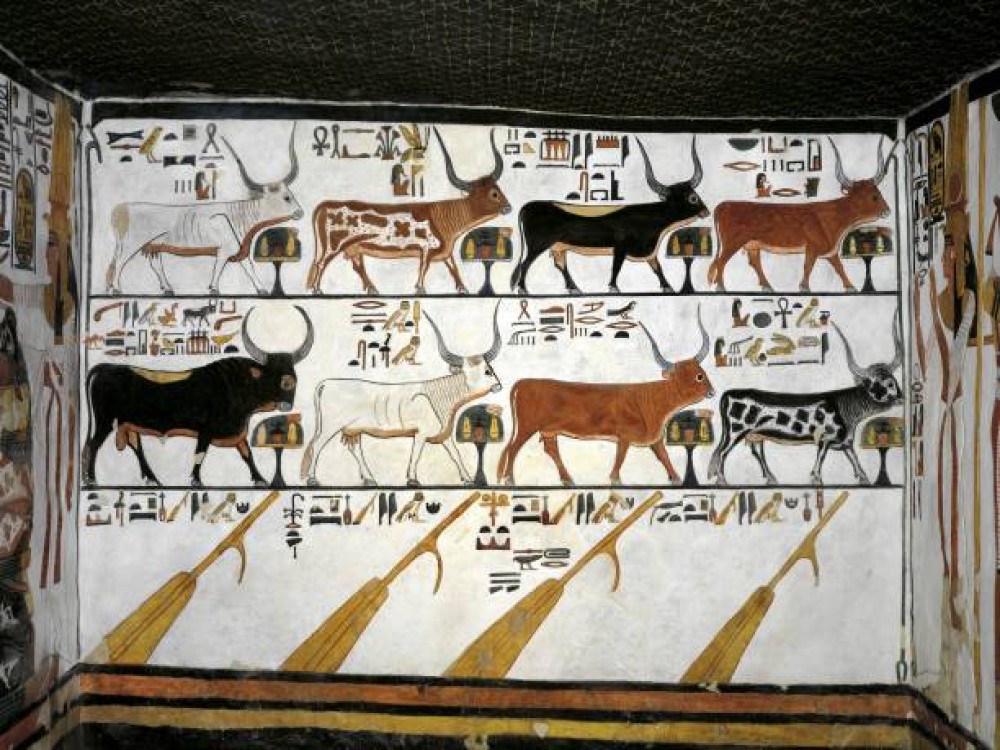
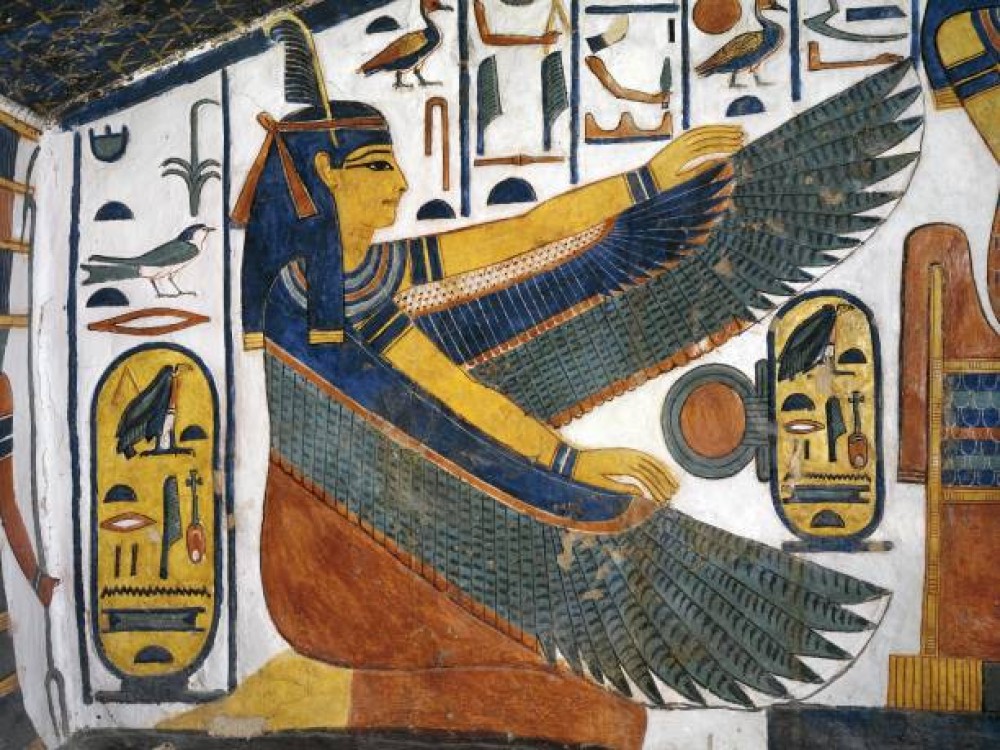

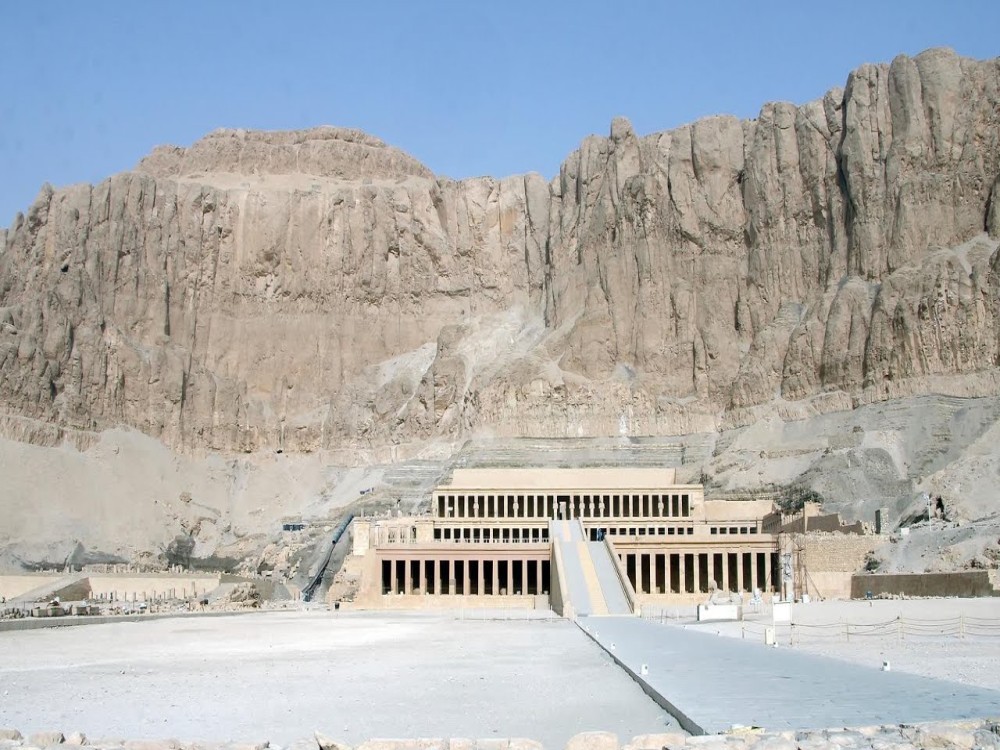

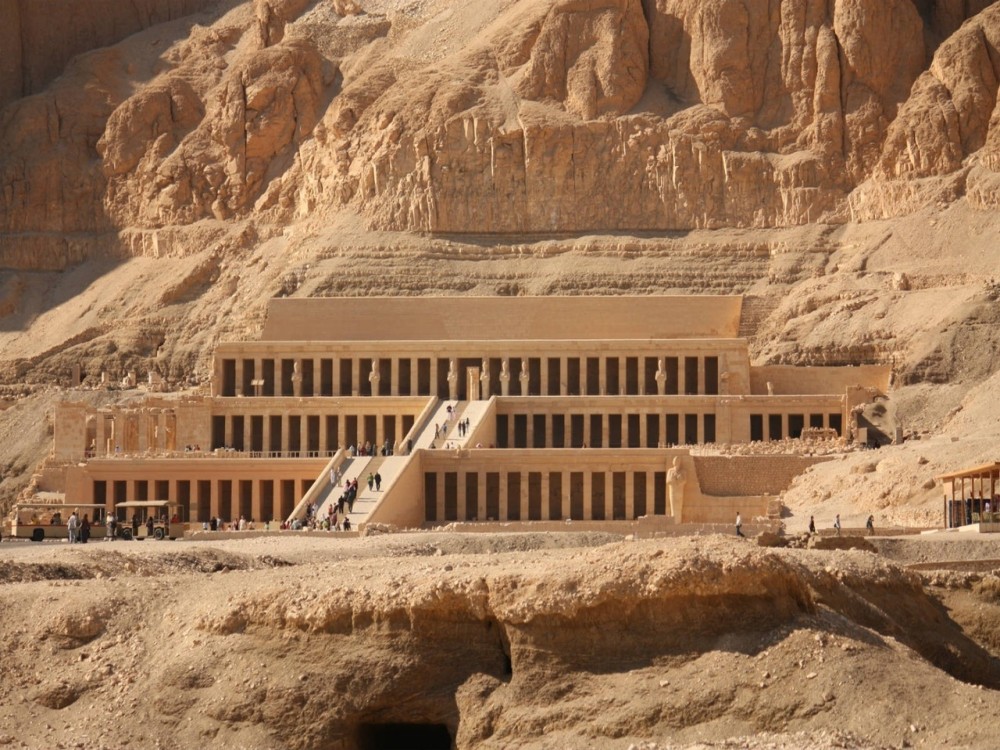
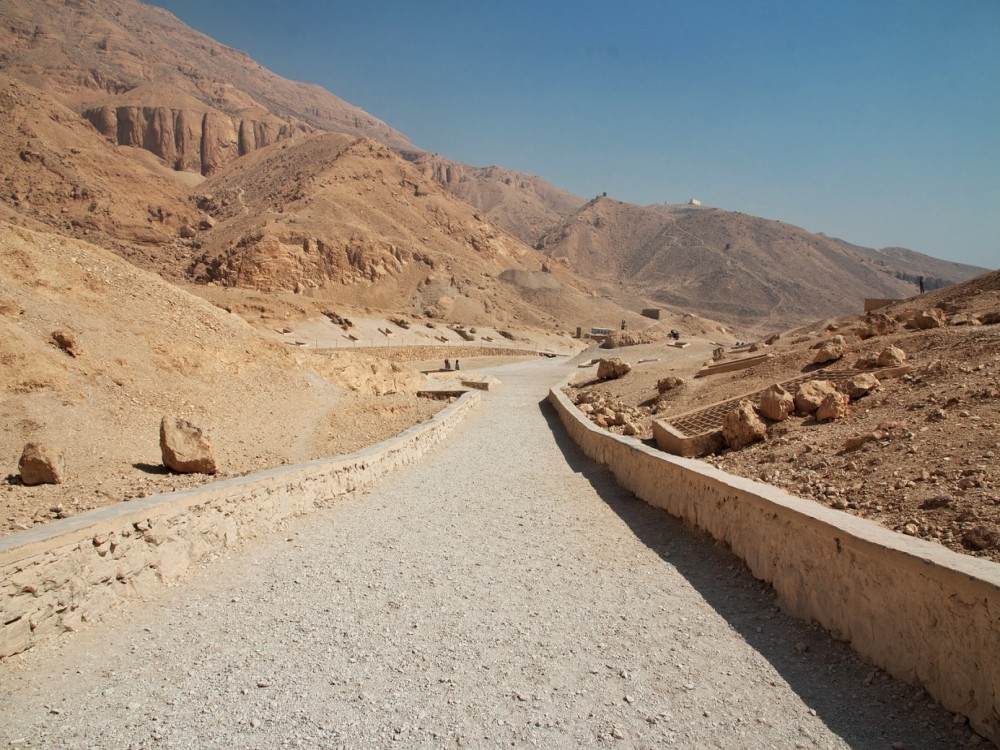
When to Get There
The best time to visit the Valley of the Queens is from October to April, during Egypt’s cooler months. Like other outdoor archaeological sites in Luxor, early mornings or late afternoons are the most comfortable times to explore, avoiding the midday heat. The tombs in the Valley of the Queens are shaded, but the valley itself is quite exposed, so visiting early ensures a more pleasant experience. The site can get busier during the peak tourist season, so visiting early or later in the day is recommended for a quieter visit.
Day Trips from Luxor
The Valley of the Queens is typically included in day trips to Luxor's west bank, often alongside visits to the Valley of the Kings, the Temple of Hatshepsut, and the Colossi of Memnon. Many tour companies offer guided excursions that take you to the most significant tombs, including the tomb of Nefertari, which is known for its incredible artwork. Whether you are on a private tour or part of a group, a visit to the Valley of the Queens offers a fascinating insight into the lives and burials of the royal women of ancient Egypt.
Copyright © 2025 All Rights Reserved



